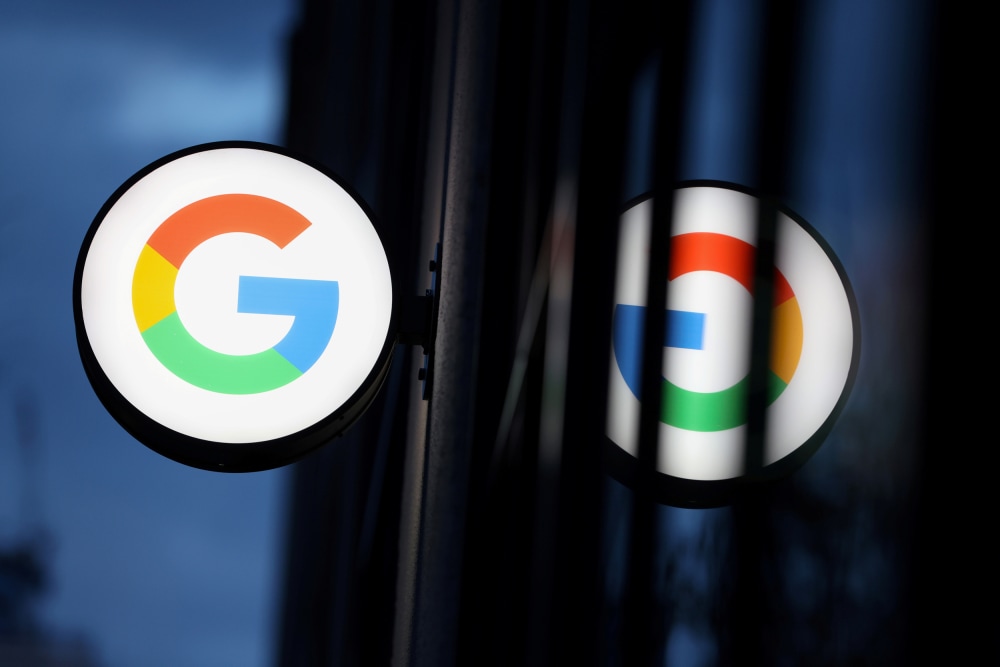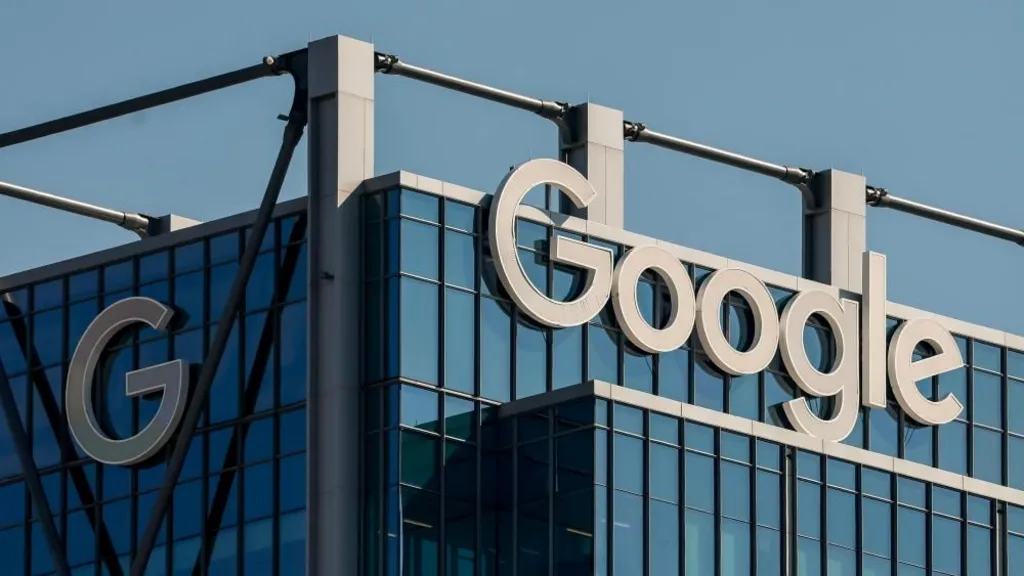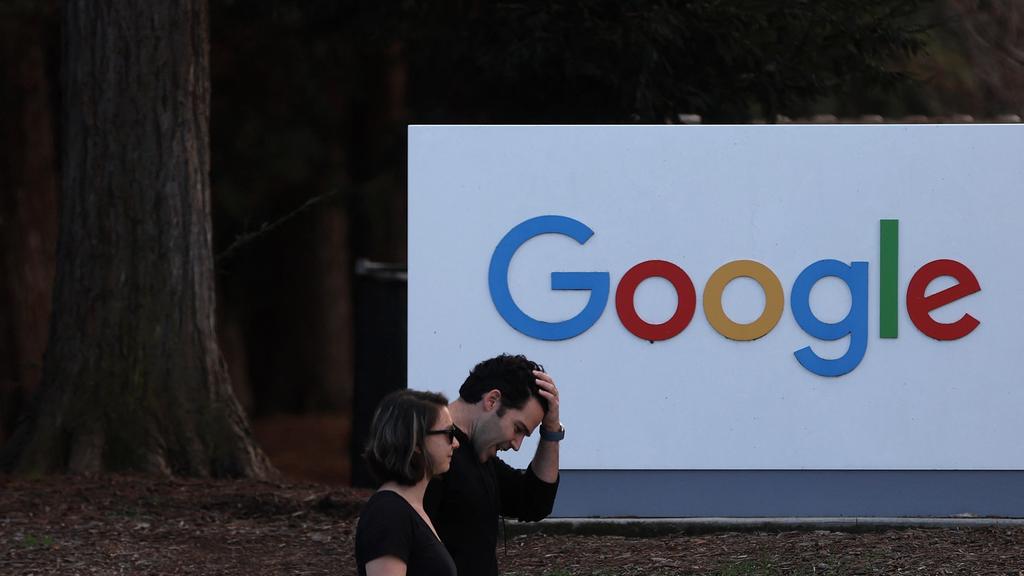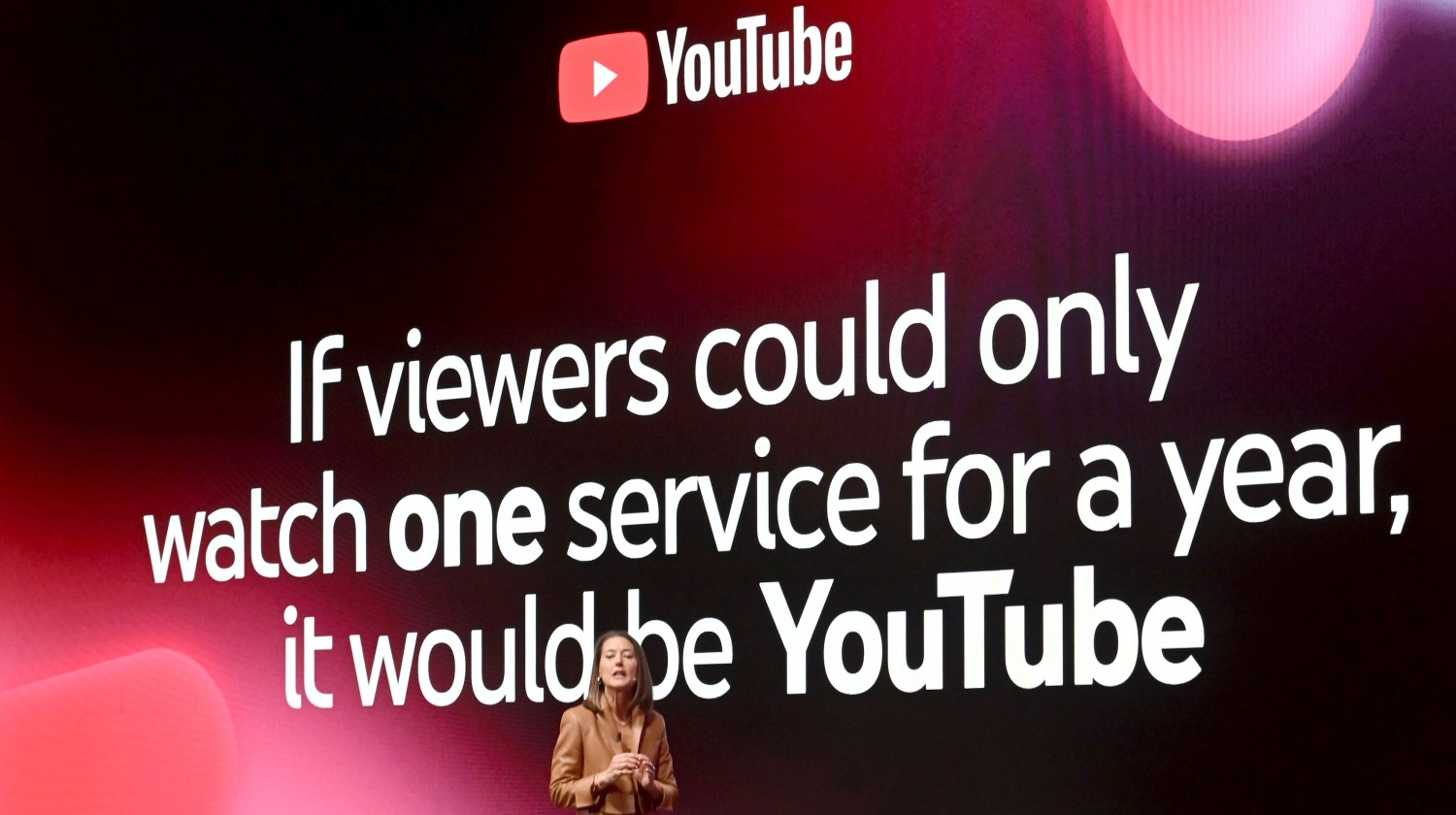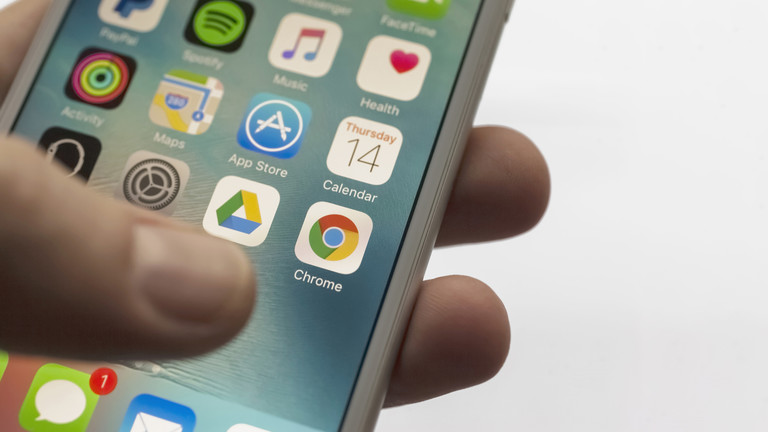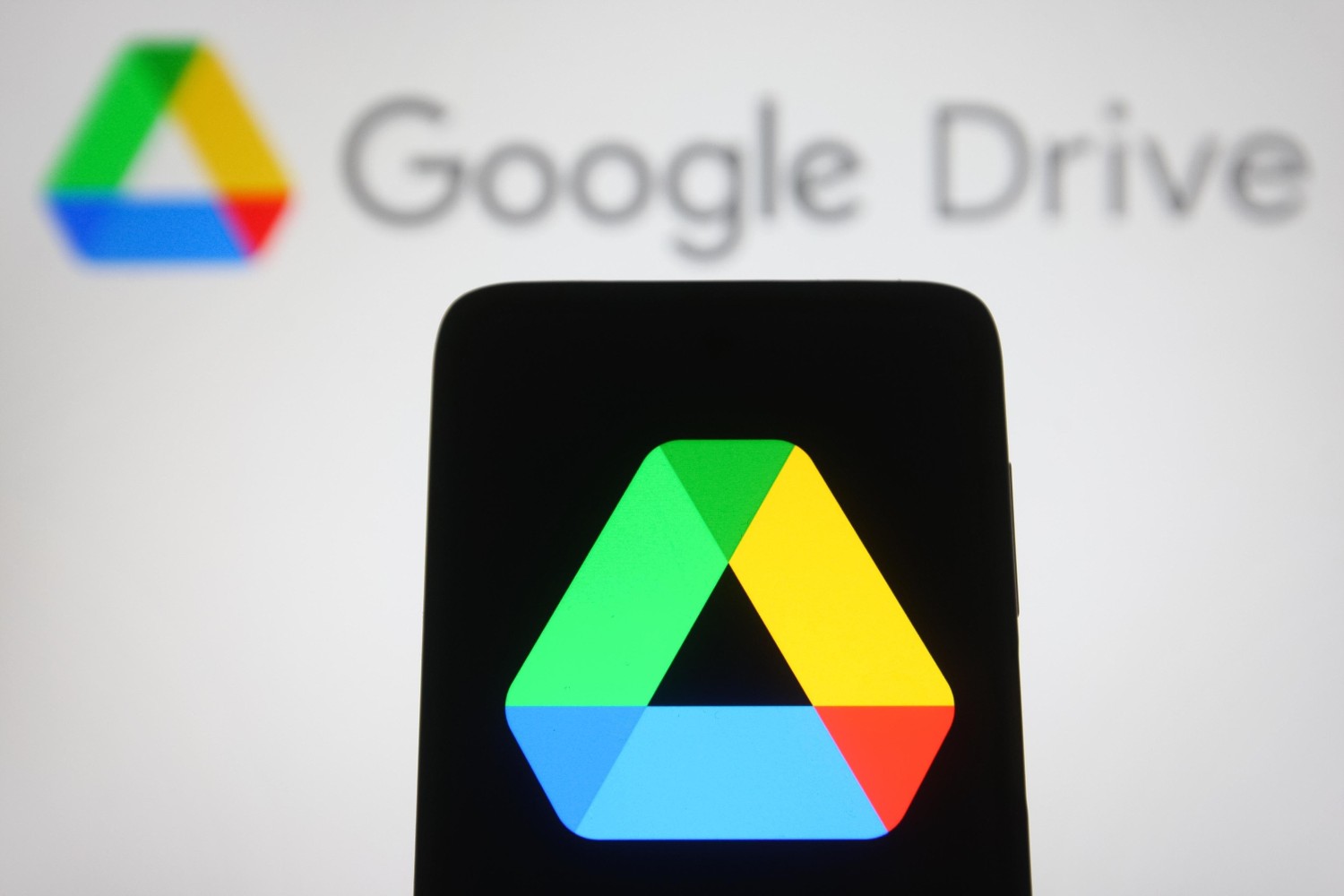
This article is more than
8 year oldGoogle has killed off CAPTCHA as you know it (GOOG)
Google has removed irritating "I'm not a robot" reCAPTCHA tests, instead releasing a new version which can invisibly detect whether someone is a real human or not.
CAPTCHA tests challenge people to prove they're human, usually by asking them to identify sequences of letters, numbers, or images. Google's reCAPTCHA service is more advanced, mostly asking people to check a box that says "I'm not a robot." The point is to weed out fake bot traffic, which costs advertisers billions each year.
Google's latest version doesn't involve any kind of puzzle-solving or a box to tick. According to a video released by Google, the updated reCAPTCHA works in the background to detect whether someone's a human or a bot automatically.
According to the explainer: "Powering these advances is a combination of machine learning and advanced risk analysis that adapt to new and emerging threats." Google doesn't give any more explanation than this.
The new reCAPTCHA works on both desktop and mobile. If you're flagged as a suspicious user, you'll still have to pass the usual checks or challenges.
Google bought reCAPTCHA in 2009 not only to deter spammers and bots, but to help solve problems elsewhere in its business. When, for example, reCAPTCHA asks you to identify the three cats in a set of nine animal pictures, you're helping Google's machine learning algorithms understand what a cat looks like. The same technology has helped Google identify tricky words while digitising books, and determine addresses captured by its Street View cars.
NOW WATCH: This campervan expands to three times its size in seconds with no effort
See Also:
